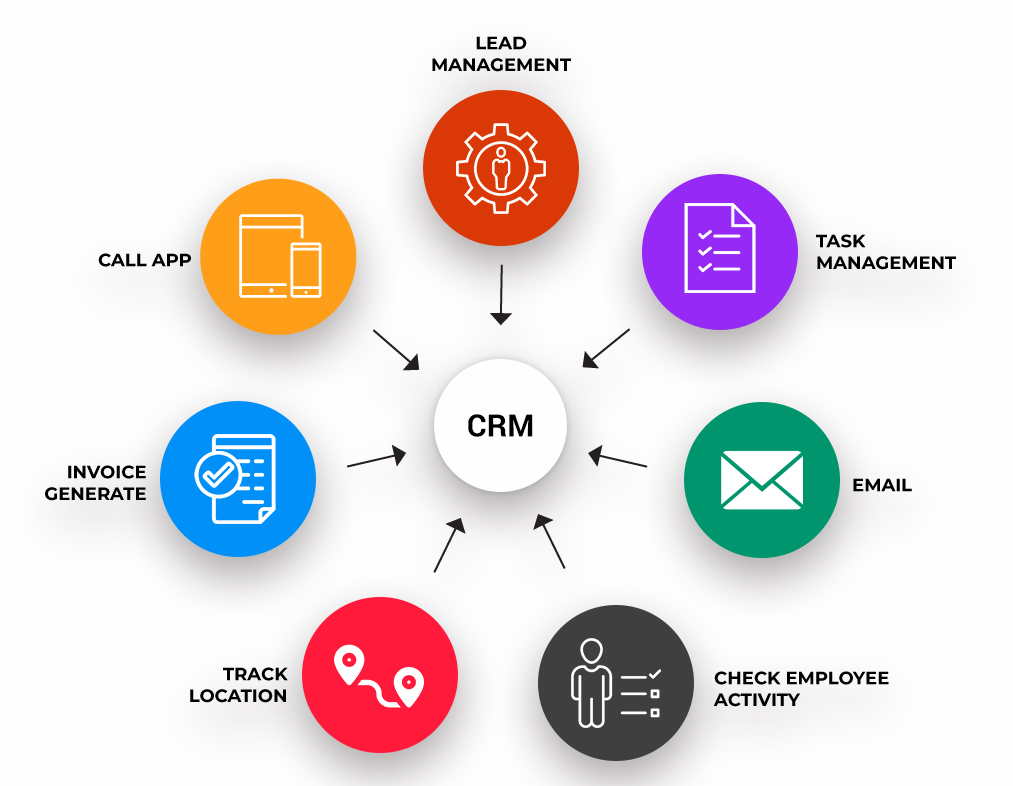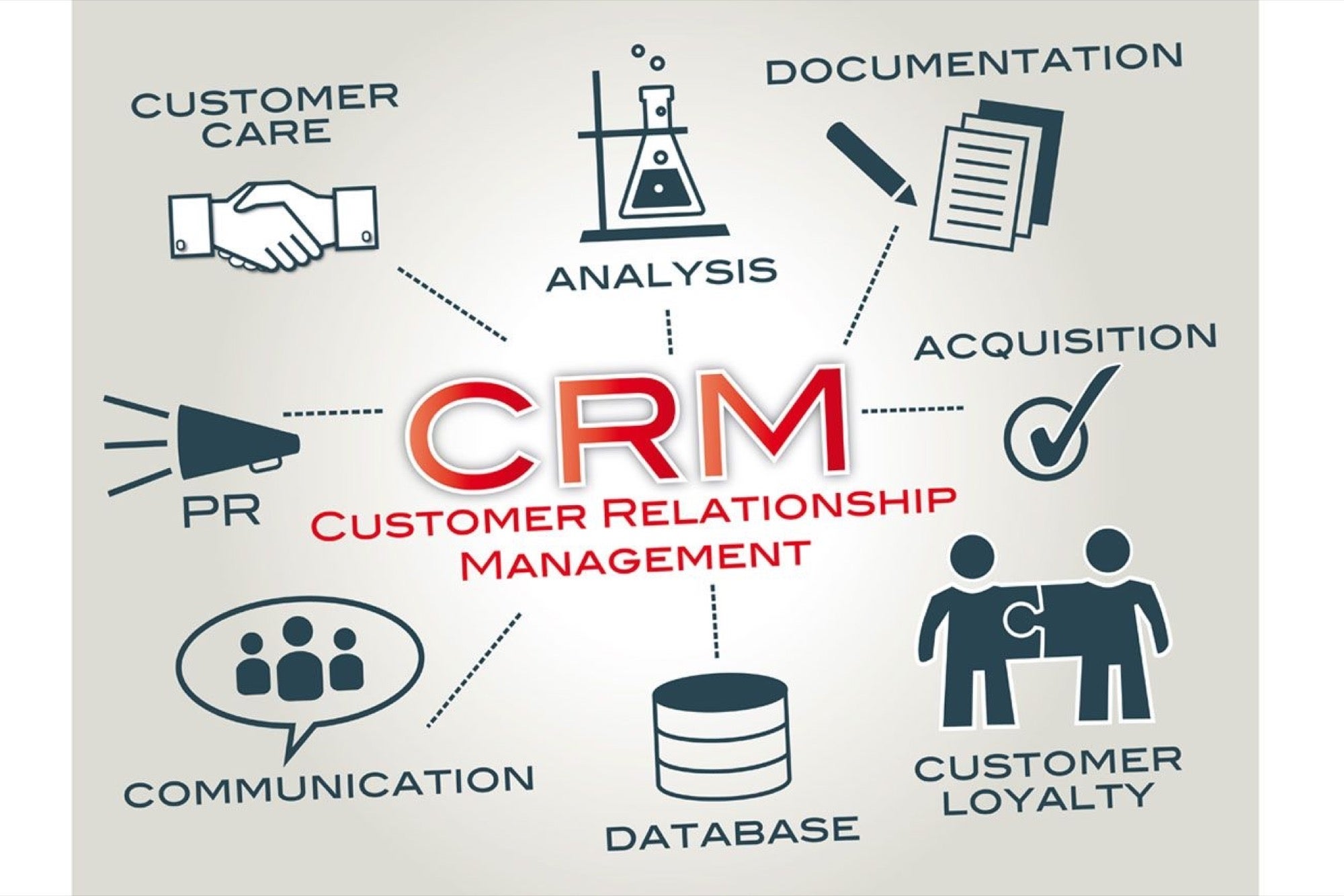
CRM for Follow-Up Automation via Call: Streamlining Customer Engagement
In today’s fast-paced business environment, building and maintaining strong customer relationships is paramount. A crucial aspect of this is the follow-up process, which ensures that leads don’t slip through the cracks and that existing customers feel valued. Traditionally, follow-ups were manual and time-consuming. However, with the advent of Customer Relationship Management (CRM) systems, businesses can now automate these processes, particularly through call-based follow-ups. This article delves into the world of CRM for follow-up automation via call, exploring its benefits, key features, implementation strategies, and best practices.
What is CRM for Follow-Up Automation?
At its core, CRM for follow-up automation is the use of a CRM system to trigger and manage automated call-based follow-ups with leads and customers. It integrates CRM functionalities with telephony systems, allowing businesses to schedule, execute, and track follow-up calls efficiently.
Here’s a breakdown of what this entails:
- CRM System: The central hub for customer data, interactions, and communication history.
- Automation: The process of setting up rules and triggers that automatically initiate follow-up calls based on specific events or conditions.
- Call Integration: The seamless connection between the CRM system and the business’s telephony infrastructure.
Benefits of CRM for Follow-Up Automation via Call
-
Increased Lead Conversion Rates:
- Timely Engagement: Automated follow-up calls ensure that leads are contacted promptly, while their interest is still high.
- Personalized Communication: CRM data allows agents to tailor their calls to the specific needs and interests of each lead, increasing the likelihood of conversion.
- Consistent Follow-Up: Prevents leads from being forgotten or overlooked, ensuring that every opportunity is pursued.
-
Improved Customer Satisfaction:
- Proactive Support: Automated calls can be used to proactively check in with customers, offer assistance, and address any concerns.
- Personalized Experience: Agents can use CRM data to personalize their interactions, making customers feel valued and understood.
- Faster Response Times: Automated triggers ensure that customer inquiries are addressed promptly, improving satisfaction levels.
-
Enhanced Sales Productivity:
- Automated Tasks: Frees up sales representatives from manual tasks such as scheduling and dialing, allowing them to focus on more strategic activities.
- Streamlined Processes: Automates the entire follow-up process, reducing the risk of human error and ensuring consistency.
- Better Lead Prioritization: CRM data helps agents prioritize their follow-up calls, focusing on the leads that are most likely to convert.
-
Data-Driven Insights:
- Call Tracking and Reporting: CRM systems track all follow-up calls, providing valuable data on call duration, outcomes, and customer sentiment.
- Performance Analysis: Businesses can use this data to analyze the effectiveness of their follow-up strategies and identify areas for improvement.
- Predictive Analytics: Some CRM systems offer predictive analytics capabilities, which can help businesses forecast future sales and customer behavior.
-
Cost Reduction:
- Reduced Labor Costs: Automation reduces the need for manual follow-up, lowering labor costs.
- Improved Efficiency: Streamlined processes and automated tasks improve efficiency, allowing businesses to do more with less.
- Better Lead Management: Prevents leads from being lost or mishandled, reducing the cost of acquiring new customers.
Key Features of a CRM for Follow-Up Automation
-
Call Scheduling and Reminders:
- Automated Scheduling: Automatically schedules follow-up calls based on predefined rules and triggers.
- Reminders: Sends reminders to agents before scheduled calls, ensuring that no follow-ups are missed.
- Calendar Integration: Integrates with agents’ calendars to ensure that calls are scheduled at convenient times.
-
Call Recording and Transcription:
- Call Recording: Records all follow-up calls for quality assurance and training purposes.
- Transcription: Transcribes call recordings into text, making it easier to search and analyze conversations.
- Sentiment Analysis: Analyzes call transcripts to identify customer sentiment and potential issues.
-
Click-to-Call Functionality:
- One-Click Dialing: Allows agents to initiate follow-up calls with a single click from within the CRM system.
- Automatic Number Recognition: Automatically recognizes and dials phone numbers from CRM records.
- Call Pop-Ups: Displays relevant customer information on the agent’s screen when a call is received.
-
Call Scripting and Guidance:
- Customizable Scripts: Allows businesses to create and customize call scripts for different scenarios.
- Real-Time Guidance: Provides agents with real-time guidance and prompts during follow-up calls.
- Compliance Features: Ensures that follow-up calls comply with relevant regulations and guidelines.
-
Integration with Telephony Systems:
- Seamless Integration: Integrates seamlessly with existing telephony systems, such as VoIP and PBX.
- Real-Time Call Data: Provides real-time data on call status, duration, and outcomes.
- Unified Communication: Unifies all communication channels, including phone, email, and chat, into a single platform.
Implementing CRM for Follow-Up Automation: A Step-by-Step Guide
-
Define Objectives:
- Clearly define the goals you want to achieve with follow-up automation.
- Set measurable targets, such as increased lead conversion rates or improved customer satisfaction scores.
-
Choose the Right CRM:
- Research and compare different CRM systems to find one that meets your specific needs.
- Consider factors such as features, pricing, integration capabilities, and ease of use.
-
Integrate with Telephony Systems:
- Ensure that your CRM system integrates seamlessly with your existing telephony infrastructure.
- Work with your IT team or a third-party vendor to configure the integration.
-
Set Up Automation Rules:
- Define the rules and triggers that will initiate automated follow-up calls.
- Consider factors such as lead source, customer behavior, and sales stage.
-
Create Call Scripts:
- Develop call scripts that are tailored to different scenarios and customer segments.
- Ensure that scripts are clear, concise, and aligned with your brand voice.
-
Train Your Team:
- Provide comprehensive training to your sales and customer service teams on how to use the CRM system and follow-up automation features.
- Emphasize the importance of personalized communication and customer-centricity.
-
Monitor and Optimize:
- Continuously monitor the performance of your follow-up automation efforts.
- Analyze data on call outcomes, customer feedback, and sales metrics to identify areas for improvement.
- Make adjustments to your automation rules, call scripts, and training programs as needed.
Best Practices for CRM-Based Follow-Up Calls
- Personalize Your Approach: Use CRM data to tailor your calls to the specific needs and interests of each customer.
- Be Prompt and Timely: Follow up with leads and customers as quickly as possible, while their interest is still high.
- Provide Value: Offer helpful information, resources, or solutions that address the customer’s needs.
- Listen Actively: Pay attention to what the customer is saying and respond thoughtfully.
- Be Professional: Maintain a professional demeanor and avoid using overly aggressive or pushy sales tactics.
- Track Your Results: Use CRM data to track the effectiveness of your follow-up calls and identify areas for improvement.
Conclusion
CRM for follow-up automation via call is a powerful tool for businesses looking to improve lead conversion rates, enhance customer satisfaction, and boost sales productivity. By automating the follow-up process, businesses can ensure that no lead is left behind and that every customer feels valued and supported. With careful planning, implementation, and ongoing optimization, CRM-based follow-up calls can be a game-changer for businesses of all sizes.

